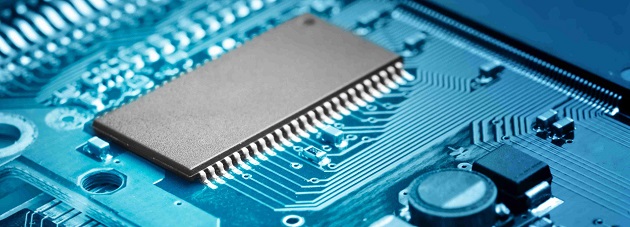
Introduction to Embedded Systems
| Owner | M. G. Sadek |
|---|---|
| Tags |
Parent Page: Microcontrollers Basics
Introduction to Embedded Systems
An embedded system is a computer system designed to perform a specific function within a larger mechanical or electrical system. These systems are designed to control, monitor, or assist the operation of a larger system, and are typically deployed in real-time applications that require high reliability and performance.
Embedded systems can be found in a wide range of applications, including automotive, aerospace, medical, consumer electronics, and industrial automation. They are typically designed to operate with minimal human intervention, often operating in remote or hostile environments where human intervention may not be possible.
Embedded systems are characterized by their low power consumption, small size, and high reliability. They often use specialized hardware and software to perform their functions, and are typically programmed using low-level programming languages such as C or assembly language.
As technology continues to advance, the use of embedded systems is becoming more widespread. With the rise of the Internet of Things (IoT), embedded systems are increasingly being used to connect everyday objects to the internet, enabling them to collect and exchange data in real-time.
In conclusion, embedded systems are an essential part of modern technology, powering a wide range of applications and systems. As technology continues to evolve, the use of embedded systems is only expected to grow, making it an exciting and dynamic field to be a part of.
Microcontrollers Basics
A microcontroller is a small computer on a single integrated circuit that is designed to control specific devices or perform specific tasks. The microcontroller contains a CPU, memory, and input/output peripherals. They are commonly used in a wide range of applications such as automobiles, home appliances, medical devices, and industrial controls.
Architecture
Microcontrollers are designed with a specific architecture that consists of a CPU, memory, and input/output (I/O) peripherals. The CPU is responsible for executing instructions, performing arithmetic and logical operations, and managing data flow. The memory is used for storing program code and data. The I/O peripherals are used for communicating with external devices and sensors.
Programming
Programming a microcontroller involves writing code in a specific programming language and then uploading the code to the microcontroller using a programmer. The most commonly used programming languages for microcontrollers are C and assembly language. The code is written to perform specific tasks such as turning on a motor, reading sensor data, or controlling a display.
Development Kits
Developing applications for microcontrollers requires specialized hardware and software tools. Microcontroller development kits are available that include a microcontroller, programming software, and hardware interfaces. These kits provide an easy and cost-effective way to get started with microcontroller development.
Applications
Microcontrollers are used in a variety of applications such as:
- Automotive systems
- Home appliances
- Medical devices
- Industrial controls
- Consumer electronics
Conclusion
Microcontrollers are an essential component in many electronic devices. They provide a cost-effective and efficient way to control devices and perform specific tasks. Understanding the basics of microcontrollers is essential for anyone interested in developing applications for embedded systems.
Parent Page: Microcontrollers Basics